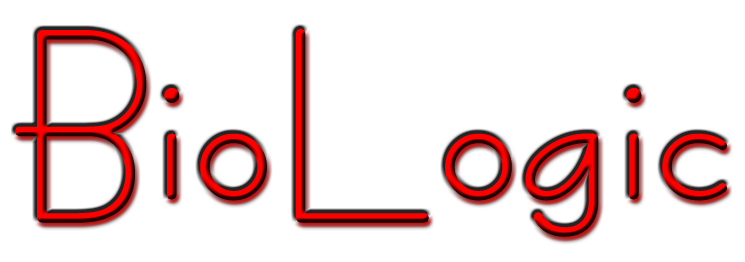

complex Biological systems
The complexity of the immune system is second only to that of the neural system. It exhibits a behavior that spans many scales in space and time. Many metaphors have been used to describe the richness of its behavior; ‘learning’, ‘adaptation’, ‘discrimination’, ‘selection’, sensing ‘danger’. Immune response has been explained using terms as ‘affinity maturation’, ‘clonal expansion’ where each hypothesizes a theory regarding one of the complex aspects of an immune response.
Each biological process involves the vast amount of information and processing which makes it necessary to use a reliable mathematical modeling in interpreting and analyzing experimental data and the conclusions from them. Such a model will help to understand and explain the system, its key elements and, hopefully, to predict its behavior. Ideally, this mathematical model should:
1) be flexible and modular (since a lot is not known about the system)
2) understandable by bench scientists (without additional training in modeling approaches, for smooth bi-directional communication with modelers)
3) address the complexity of the system (many cells types and numerous interactions)
4) directly deal with the hierarchical structure (from genes to proteins to cells to organs)
5) address the high variability in the experimental data
6) address the insufficient knowledge regarding reaction rates
7) be able to interact with state of the art experimental techniques (can deal with genes, proteins and their interactions)
Goals:
Our BioLogic Framework
We have carried out the studies in modeling different cellular systems, during the development of the general framework. This allowed us to examine major challenges in modeling immunological questions, and to build our modeling environment accordingly.
Our framework involves four independent components that interact with each other:
Simulation Program
Database

We regard the complexity of the system as a result of structural complexity combined with dynamical complexity.
Our idea is to capture the behavior of the system in terms of fundamental processes that appear in combinatorial combination and together with a structural hierarchy lead to very complex behavior.
We developed the novel mathematical model that offers a flexible modular framework, understandable by immunologists without additional training that addresses all the issues 1) – 7) mentioned above.
Using Language Interpreter we translate statements of the language into Logical Models.
Simulation program written in C#, deals with n-value Logical Variables. In this way we can study the effect of using 3-value logic compared with 4-value logic, etc. Limitation of Logical models with a few levels is discussed here with comments on the relation to ODE. Usually our Logical models can be viewed as coarsening of ODE models. This gives some idea to the complexity associated with a given n-value logical setting.